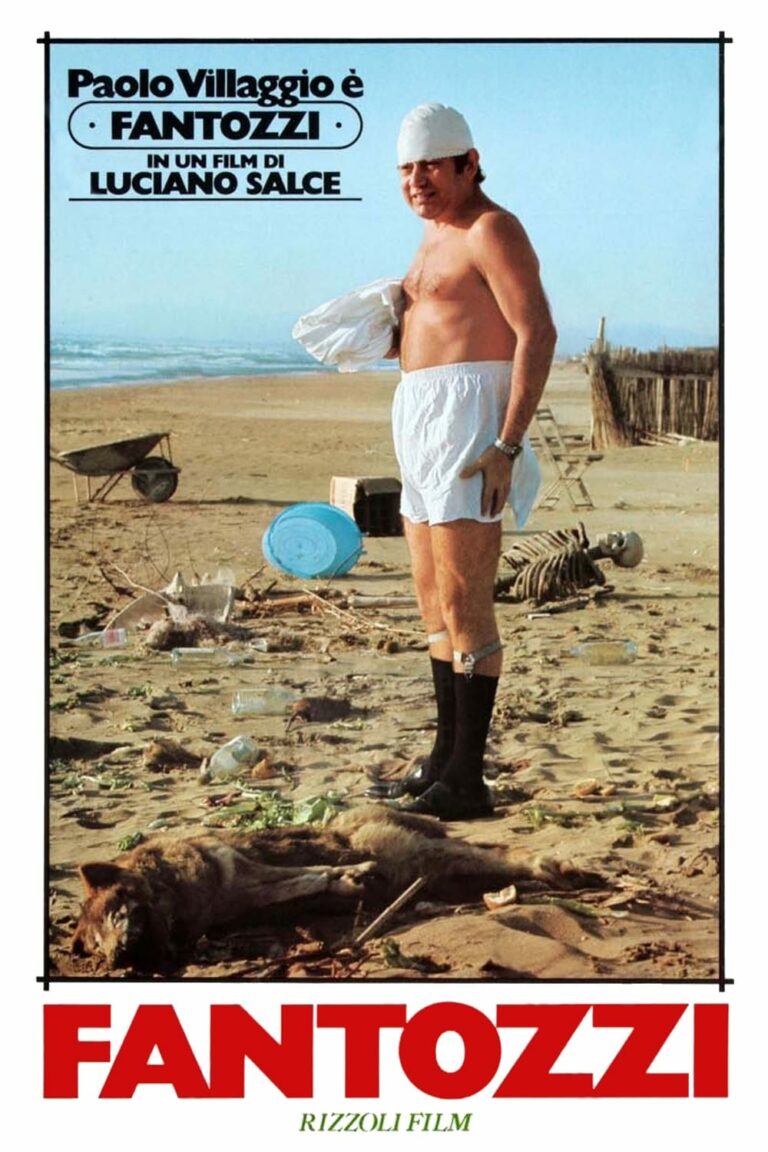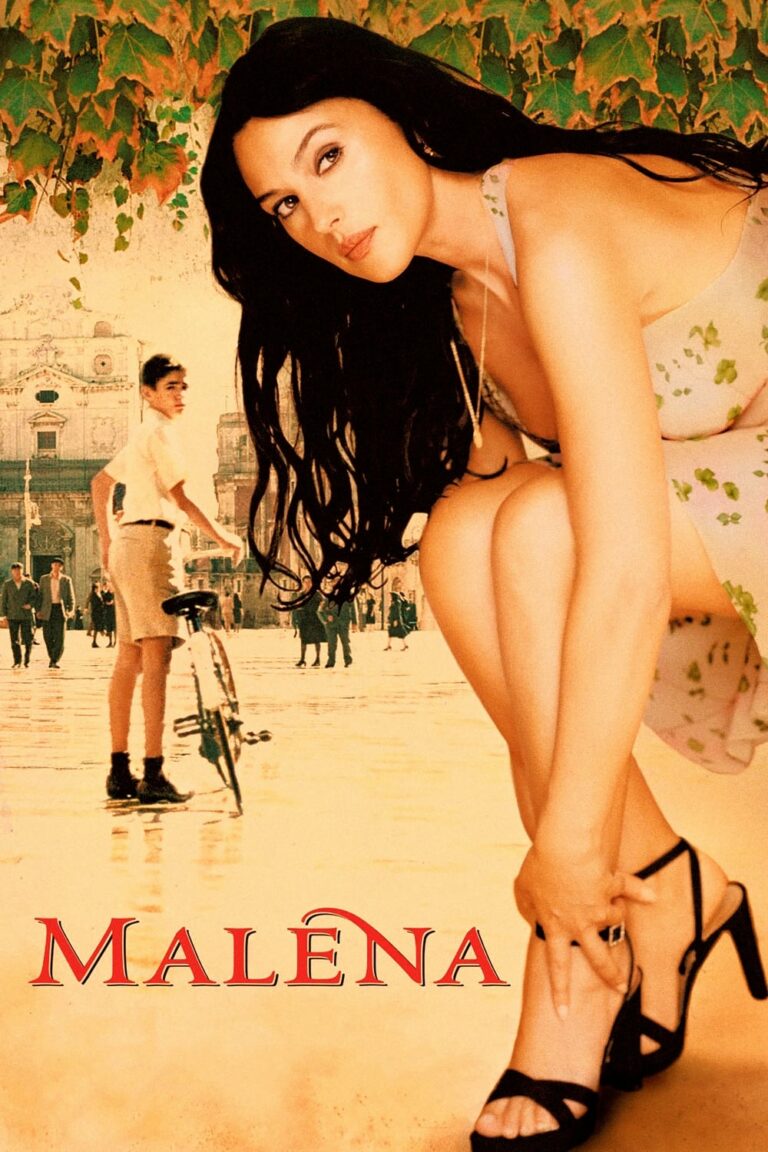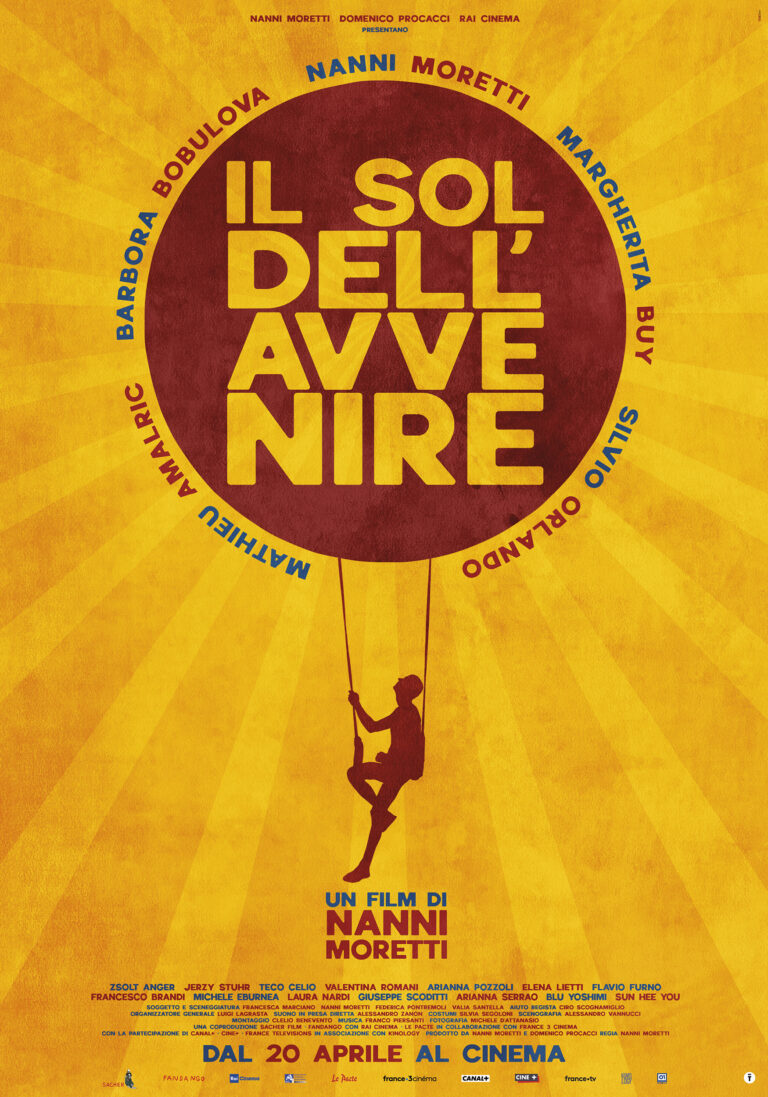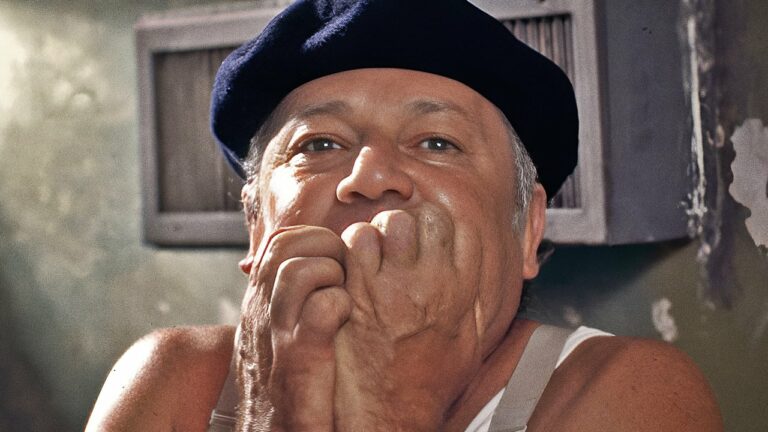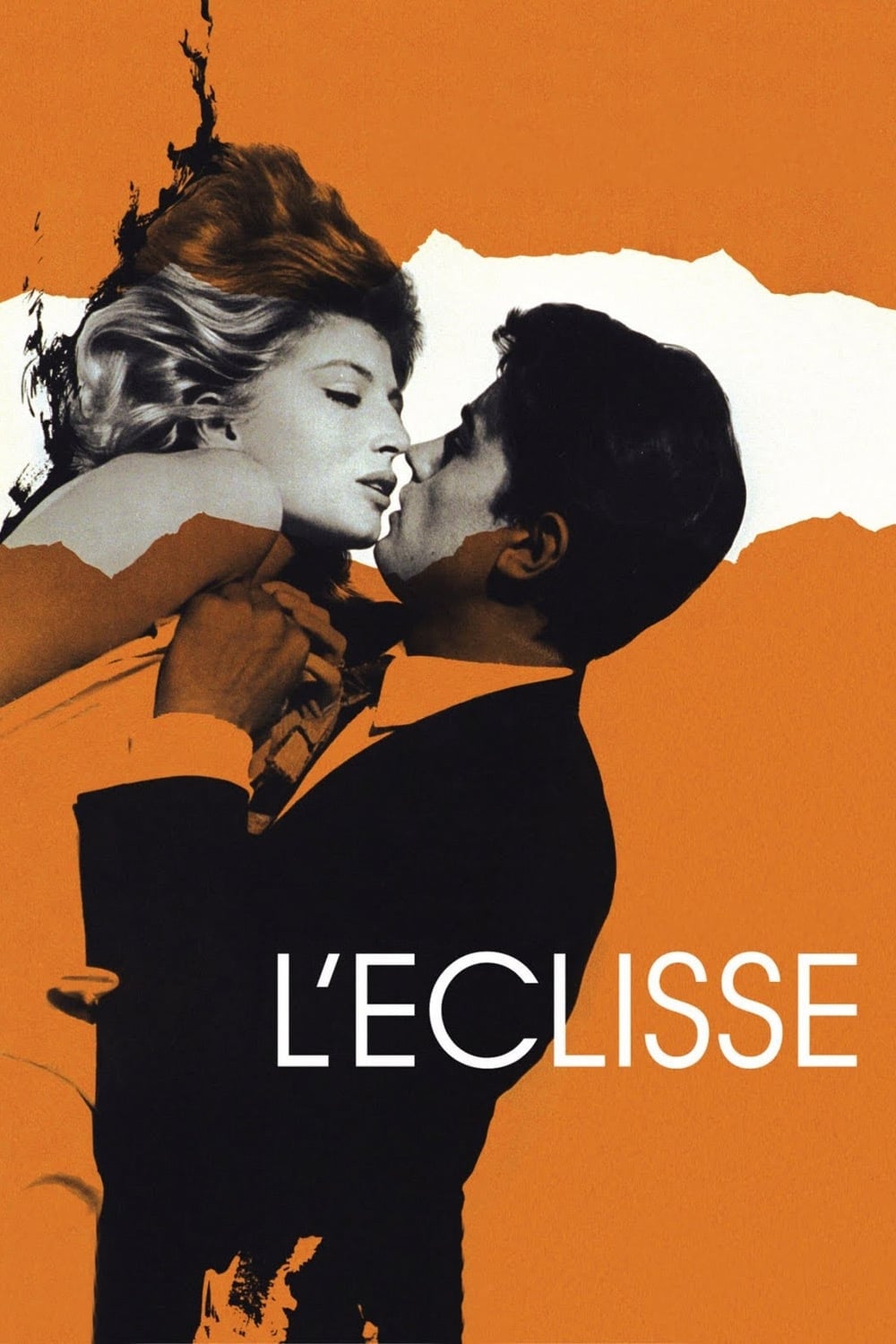
Introduction
L’Eclisse (Eclipse), directed by Michelangelo Antonioni, is one of the defining works of 1960s European cinema. Released in 1962, the film is the third in Antonioni’s trilogy on alienation, following L’Avventura (1960) and La Notte (1961). With its enigmatic narrative, striking visuals, and haunting final sequence, L’Eclisse examines the disconnection and emptiness that permeate modern relationships in an increasingly industrialized world. Widely regarded as a masterpiece, the film continues to captivate audiences and scholars alike.
The Director: Michelangelo Antonioni
Michelangelo Antonioni (1912–2007) was a visionary Italian filmmaker who revolutionized cinema with his contemplative, visually driven storytelling. Known for his exploration of existential themes, Antonioni broke away from traditional narrative structures, favoring mood, atmosphere, and ambiguity. L’Eclisse is a prime example of his unique approach, showcasing his ability to capture human isolation against the backdrop of modernity.
The Film’s Context
In the early 1960s, Italy was undergoing rapid industrialization and economic growth, often referred to as the “Italian economic miracle.” This period brought significant social and cultural changes, including the rise of consumerism and urbanization. Antonioni’s films reflect the alienation and identity crises that accompanied this shift, positioning L’Eclisse as a commentary on the dehumanizing effects of modern life.
Plot Overview
L’Eclisse opens with Vittoria (Monica Vitti), a young woman, ending her relationship with Riccardo (Francisco Rabal). Disillusioned and emotionally adrift, she soon becomes involved with Piero (Alain Delon), a charming stockbroker. Their relationship, however, is marked by superficiality and an inability to connect on a deeper level. Set in Rome and its surrounding suburban landscapes, the film charts Vittoria’s existential journey, culminating in one of the most famous and ambiguous endings in cinematic history.
Themes in L’Eclisse
- Alienation and Disconnection:
The film examines the emotional void that defines modern relationships, portraying love as fleeting and unfulfilling. - Modernity and Consumerism:
Piero’s profession as a stockbroker symbolizes the materialism of the era, contrasting with Vittoria’s search for meaning. - Urban Isolation:
Rome’s desolate streets and stark architecture underscore the characters’ sense of isolation. - The Search for Meaning:
Through Vittoria’s introspective journey, L’Eclisse explores the human need for purpose in an increasingly fragmented world.
Vittoria: A Study of the Protagonist
Monica Vitti delivers a mesmerizing performance as Vittoria, embodying the quiet despair and introspection that define the character. As a woman caught between societal expectations and her inner turmoil, Vittoria is both a product of her time and a timeless representation of existential angst. Her reluctance to fully commit to Piero reflects her deeper dissatisfaction with the superficiality of modern relationships.
Piero: The Capitalist Antagonist
Alain Delon’s Piero serves as a foil to Vittoria. Confident and materialistic, Piero epitomizes the capitalist ethos of the 1960s. His obsession with wealth and possessions highlights the moral and emotional emptiness that Vittoria seeks to escape. Despite their attraction, their relationship remains transactional and devoid of genuine intimacy.
Antonioni’s Visual Style
Antonioni’s visual language is a hallmark of L’Eclisse. The film’s compositions emphasize empty spaces, geometric patterns, and architectural structures, creating a sense of detachment and sterility. Long, static shots and minimal dialogue force viewers to focus on the characters’ unspoken emotions and the oppressive environments they inhabit.
Symbolism in L’Eclisse
- Architecture and Urban Landscapes:
The sterile modernist buildings and deserted streets reflect the characters’ emotional desolation. - Shadows and Light:
Antonioni’s use of shadows and lighting conveys the characters’ inner conflicts and the fleeting nature of their connections. - Water Imagery:
Scenes featuring water, such as the iconic sequence by the fountain, symbolize both vitality and the passage of time.
The Final Sequence
The film’s haunting final seven minutes are among the most analyzed in cinematic history. Instead of concluding Vittoria and Piero’s story, Antonioni presents a montage of deserted streets, muted landscapes, and anonymous passersby. This enigmatic sequence underscores the film’s themes of disconnection and the insignificance of individual relationships in the face of an indifferent world.
Reception Upon Release
When L’Eclisse premiered at the 1962 Cannes Film Festival, it received mixed reactions. Some critics lauded Antonioni’s bold storytelling and visual style, while others found the film’s ambiguity and slow pacing challenging. Over time, however, L’Eclisse has been recognized as a masterpiece and a defining work of modernist cinema.
Awards and Recognition
L’Eclisse won the Special Jury Prize at the Cannes Film Festival and has since been included in numerous “greatest films” lists. Its influence extends beyond the arthouse genre, inspiring filmmakers like Andrei Tarkovsky, Terrence Malick, and Sofia Coppola.
Legacy of L’Eclisse
Antonioni’s exploration of alienation and modernity remains relevant in today’s hyperconnected yet emotionally distant world. L’Eclisse continues to resonate with audiences and filmmakers, offering profound insights into the human condition.
Comparison to Other Antonioni Films
While L’Avventura focuses on the search for a missing person and La Notte delves into the disintegration of a marriage, L’Eclisse takes a broader view of societal and emotional fragmentation. Together, the three films form a thematic trilogy on alienation, with L’Eclisse serving as the most abstract and experimental installment.
Frequently Asked Questions
- What is L’Eclisse about?
It explores themes of alienation and disconnection through the relationship between Vittoria, a disillusioned woman, and Piero, a materialistic stockbroker. - Why is the final scene so famous?
The final sequence’s stark imagery and lack of resolution leave a lasting impression, symbolizing the film’s central themes. - Is L’Eclisse part of a trilogy?
Yes, it’s the third film in Antonioni’s trilogy on alienation, following L’Avventura and La Notte. - What makes Antonioni’s style unique?
His use of long takes, minimal dialogue, and visual symbolism create an immersive and introspective experience. - What awards did L’Eclisse win?
It won the Special Jury Prize at the Cannes Film Festival in 1962. - Where can I watch L’Eclisse?
The film is available on various streaming platforms and in restored editions on Blu-ray and DVD.
